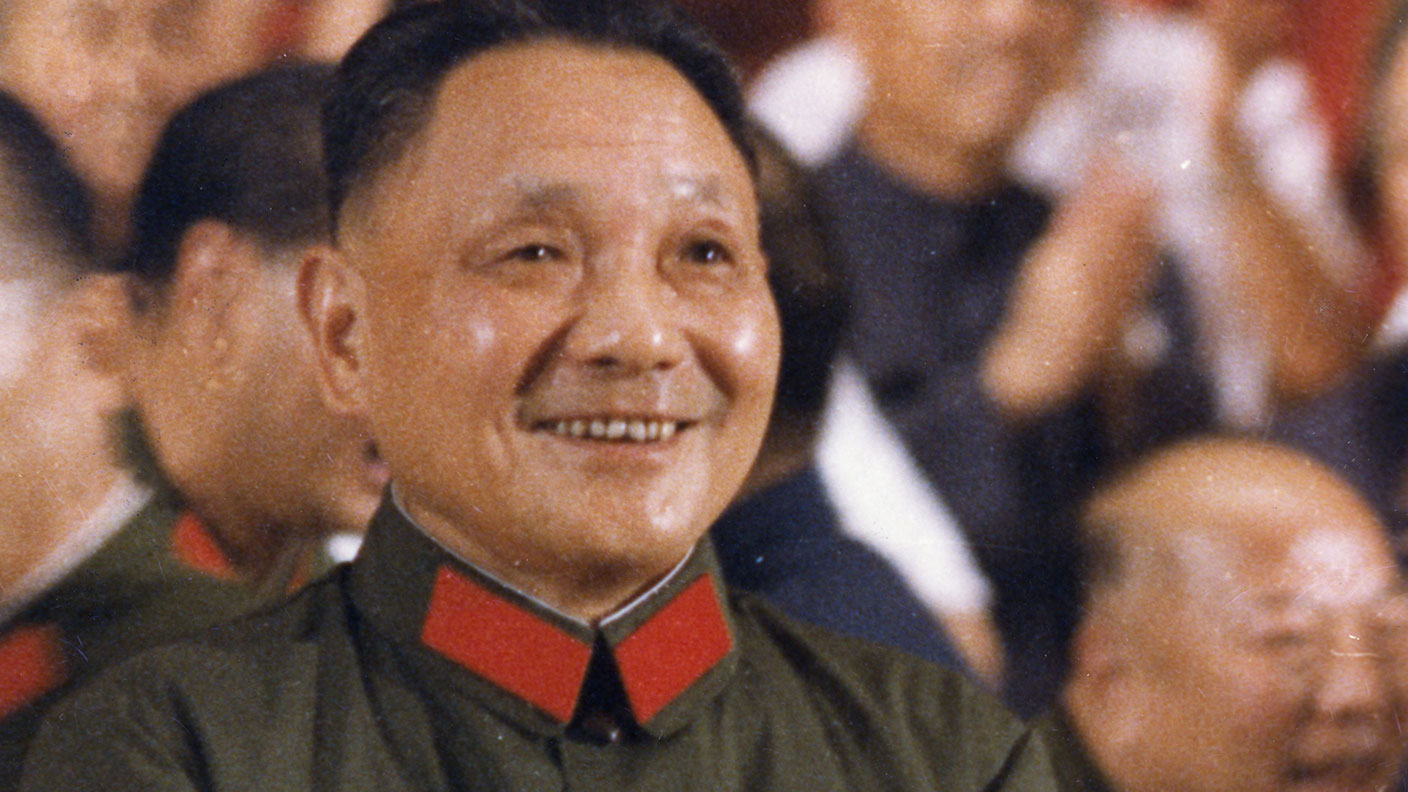
Mao Zedong, Communist revolutionary and founding father of the People's Republic of China, governed the country with an iron rod from the day it was founded in 1949 until he died in 1976.
Along the way he came up with some – to put it generously – flawed policies. Such as the Great Leap Forward, which transformed China from an agrarian to an industrialised economy, but had the unfortunate side effect of widespread famine, and the deaths of millions of people. And the Cultural Revolution, which led to the execution of tens of thousands of those of a not-revolutionary-enough bent, and a stay in a forced labour camp for many more. Dissent was most definitely not allowed.
Deng Xiaoping, a veteran of Mao's Long March and one of his major supporters in the early years of his rule, was more of a pragmatist, and less ideologically driven. "It doesn't matter whether a cat is black or white", he said. "As long as it catches mice, it is a good cat." This didn't go down too well with Mao, and Deng was purged in the Cultural Revolution, named as the "Number Two Capitalist Roader".
MoneyWeek
Subscribe to MoneyWeek today and get your first six magazine issues absolutely FREE

Sign up to Money Morning
Don't miss the latest investment and personal finances news, market analysis, plus money-saving tips with our free twice-daily newsletter
Don't miss the latest investment and personal finances news, market analysis, plus money-saving tips with our free twice-daily newsletter
He was rehabilitated, but after Mao's death, he was again sidelined by the Gang of Four, who ran the snappily titled "Criticise Deng and Oppose the Rehabilitation of Right-Leaning Elements" campaign.
But after the Gang of Four's arrest and trial, Deng was returned to power. He led China through widespread reforms creating the "Four Modernisations" of agriculture, industry, defence, and science & technology. Private enterprise was allowed, the economy was decentralised and the country was opened up to foreign trade.
Because of his reforms, China became one of the world's fastest-growing economies, and millions of Chinese people saw a huge rise in their standard of living.
Unfortunately for Deng, he did blot his copybook late on in his reign, when he ordered troops in to Tiananmen Square, and hundreds of protesters were killed.
Get the latest financial news, insights and expert analysis from our award-winning MoneyWeek team, to help you understand what really matters when it comes to your finances.
Ben studied modern languages at London University's Queen Mary College. After dabbling unhappily in local government finance for a while, he went to work for The Scotsman newspaper in Edinburgh. The launch of the paper's website, scotsman.com, in the early years of the dotcom craze, saw Ben move online to manage the Business and Motors channels before becoming deputy editor with responsibility for all aspects of online production for The Scotsman, Scotland on Sunday and the Edinburgh Evening News websites, along with the papers' Edinburgh Festivals website.
Ben joined MoneyWeek as website editor in 2008, just as the Great Financial Crisis was brewing. He has written extensively for the website and magazine, with a particular emphasis on alternative finance and fintech, including blockchain and bitcoin.
As an early adopter of bitcoin, Ben bought when the price was under $200, but went on to spend it all on foolish fripperies.
-
 ‘Why I have ditched my Help to Buy ISA for cash savings and the stock market’
‘Why I have ditched my Help to Buy ISA for cash savings and the stock market’Without the 25% bonus, my Help to Buy ISA is effectively redundant, says MoneyWeek writer Sam Walker.
-
 Is your inheritance tax allowance cut if you sell to downsize or sell your home to pay for care?
Is your inheritance tax allowance cut if you sell to downsize or sell your home to pay for care?Downsizing relief is a little-known benefit that could save your loved ones tens of thousands of pounds in inheritance tax after you’ve died.

